Top Educational Technology Trends
Originally published: October 25, 2022 10:07:21 AM, updated: November 19, 2022 12:00:00 AM
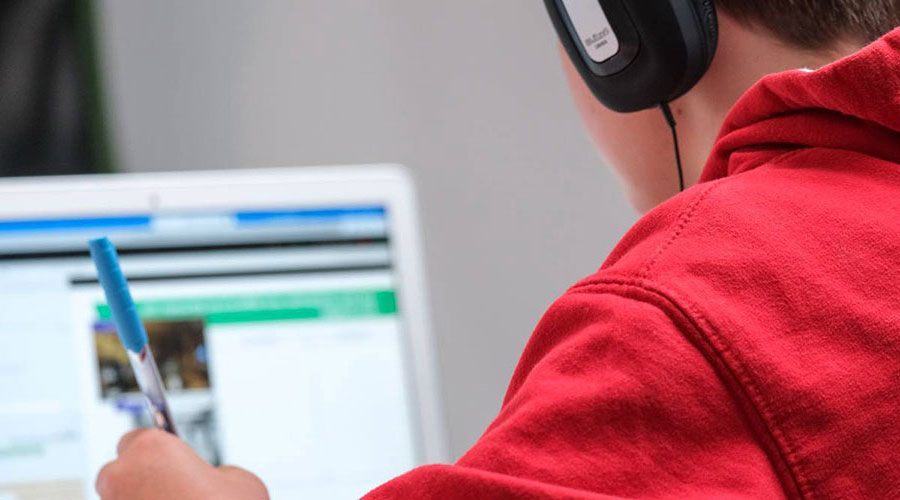
The last few years have been an up-and-down roller coaster for the entire world. The trends in education are rapidly changing, making the education process more affordable and accessible for everyone. Technology was a lifesaver in many areas during the outbreak, including educational institutions. The next era of education, where you can pay for professional essay writing, will have more effective interactions and the best utilization of technology. We've collected the top educational technology trends that will be in the coming years and will make the learning process more flexible as well as accessible and interactive for students and teachers.
1. Gamification
Educators are always trying new methods by employing a range of ways. Gamification is one strategy that aims to stimulate students through using games and video games in learning.
Teachers can employ gamification techniques to increase participation and compete within the classroom. The Gamification method recreates similar elements within the classroom, incorporating elements from games, giving students the opportunity to work independently and demonstrate competence. In addition, gamification methods have been demonstrated to boost the development of adolescents' cognitive abilities.
2. Virtual Reality and Augmented Reality
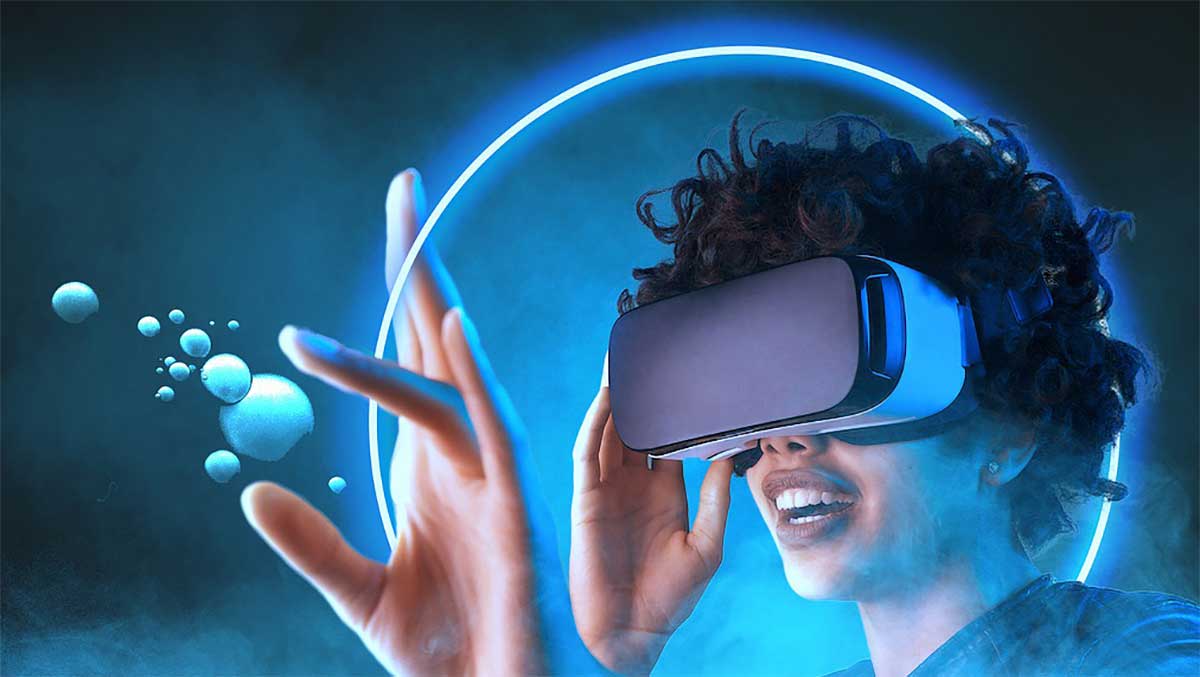
Technology is constantly evolving. We are entering a new age where Virtual Reality (VR) and Augmented Reality (AR) are expanding and making rapid advancements. The field of education is swiftly evolving and transforming its traditional teaching methods. Virtual, as well as Augmented Reality in the field of education, could completely transform the way teachers instruct and students learn.
One might wonder what's the driving force behind this trend. In the beginning, Virtual Reality and Augmented Reality technology offer children an environment where they can learn complex concepts and get practical learning experiences in low-risk environments. Medical simulations, STEM-related courses, arts and humanities resources, technical education, VR, and AR can both be used to improve the learning experience.
3. Nano Learning
Nano-learning is called bite-sized learning, where complicated topics are reduced into smaller, digestible chunks. It is a specific learning technique that teaches subjects through smaller amounts of input with fixed and short durations.
It is a continuous learning experience where the learning sessions last between two and ten minutes, with multimedia-rich tutorials that concentrate on providing comprehensive information in the most concise duration to ensure that the student can comprehend and absorb it rapidly.
4. A Mix of Real and AI
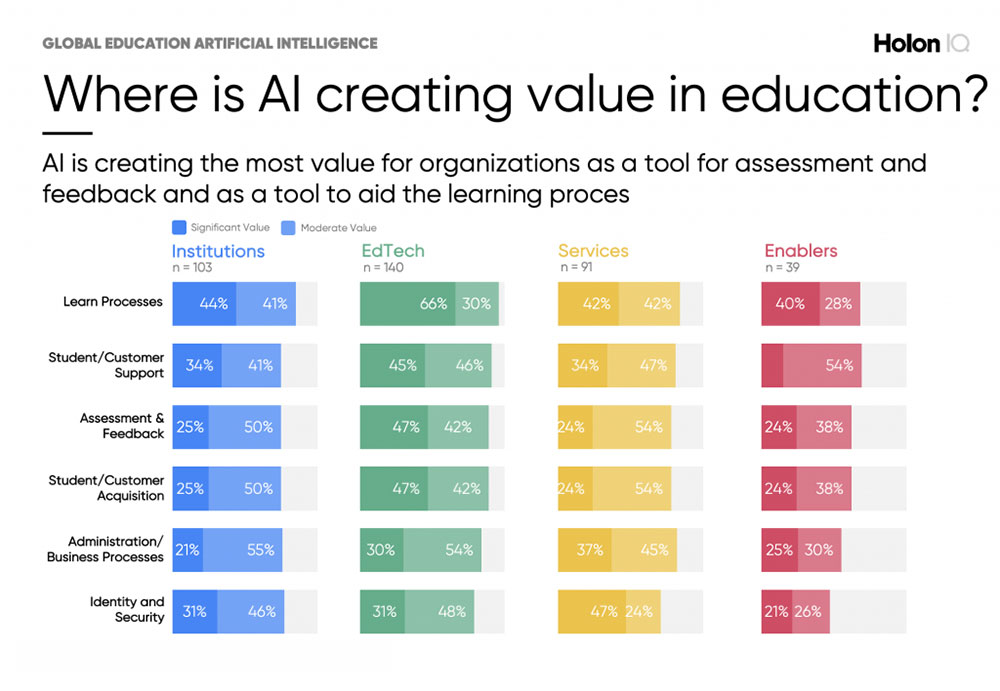
AI, also known as Artificial Intelligence, can interact and assist humans and is able to be the next thing to disrupt the world of technology, with capabilities to change and revolutionize a variety of industries, including the education sector, and also address some of the most significant challenges in the field of education by innovating learning and teaching methods. However, it is crucial to recognize that AI must be a human-centered system. The combination of teacher inputs and AI can transform the way we teach in the near future and could be extremely useful in offering a sustainable and high-quality education for students.
5. Harnessing the Power of Big Data
Big data refers to large, difficult-to-manage quantities of unstructured and structured data. This massive data is what keeps businesses operating daily. An increase in the use of online tools and software-based learning in the educational sector has produced an enormous amount of data that can be used and analyzed to enhance the educational industry and focus on research and learning.
Big Data can also help improve student performance, launching personalized programs for every student and aiding teachers to analyze their students' behavior more carefully and precisely.
6. K-12 Digital Education
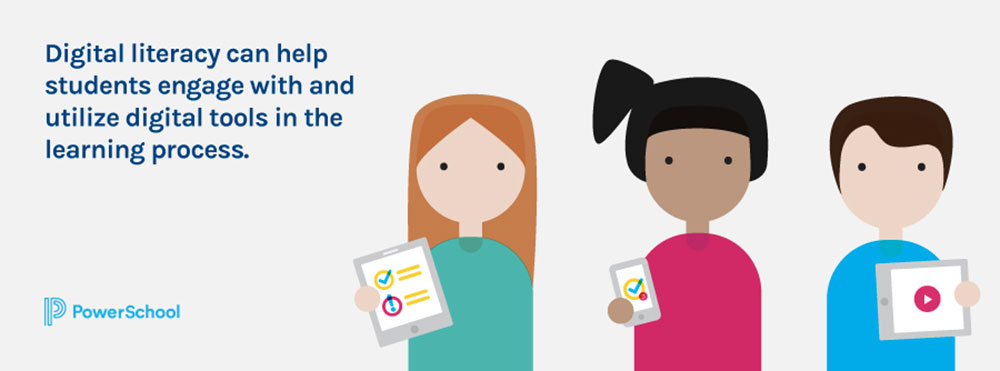
The Digital revolution is opening the doors to new ways of operating the education system. It is just one of the ideas created by the rapid-changing education sector.
What is the K-12 education system?
The K-12 system has a distinct method in how children are educated compared to the conventional methods. It includes more communication between students and teachers where K stands for Kindergarten, and 12 refers to 12th grade. Elementary and secondary education is referred to as K-12 education.
This system of education for students in K-12 aids in encouraging self-learning skills for students. A student is expected to develop assignments through research and incorporating personal perspectives that make K-12 more effective than conventional educational systems. This requires more communication between students and teachers and many question-and-answer sessions and homework assignments that encourage advanced learning among students.
7. Using Blockchain Mechanism
Blockchain is a completely secure system for recording information, making it difficult or impossible to hack or modify the technology. Altered or altered, hackable, or altered. Blockchain is a distributed ledger that duplicates and spreads transactions over the computers that participate in the blockchain.
What is the Blockchain Mechanism beneficial for the education sector?
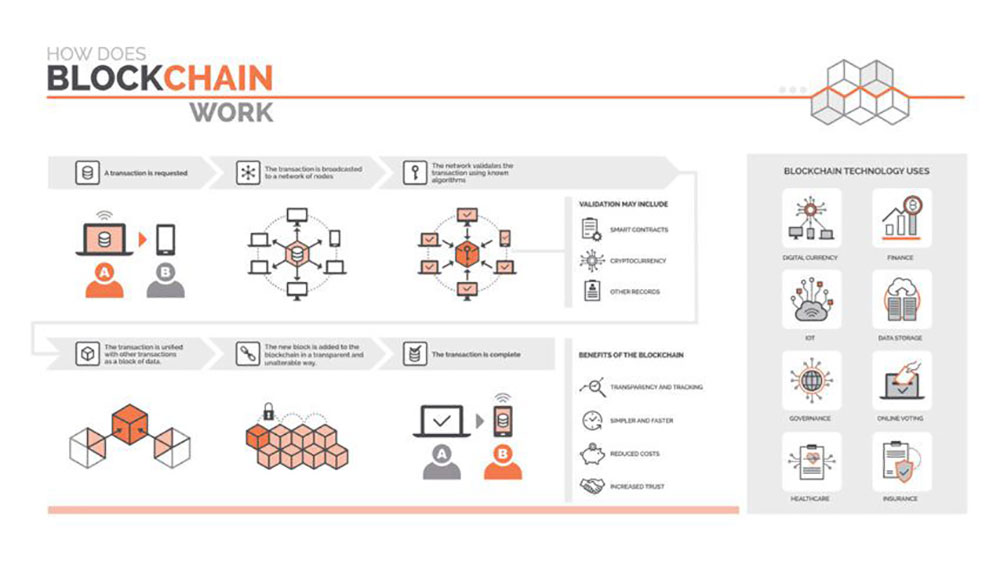
One of the most common uses for blockchain in the field of education is record keeping, in which institutions can efficiently store large amounts of student records in the most secure way. In the same way, students benefit from blockchain in the storage of their certificates and coordinating their academic accomplishments by giving them the option of sharing them anytime they want. Additionally, Blockchain technology provides Universities with safe storage options for their online syllabus and coursework.
8. Personalized Learning
Personalized learning is a basic but highly efficient and creative approach that tailors learning to each student's strengths, requirements, abilities, interests, and strengths. This allows the student to study the program most suitable for their needs and interests.
The principle behind implementing personalization of learning is that every child has a distinct learning style and different speeds at which they learn. Through personalized learning, each pupil receives a "learning plan" based on how they learn, what they've learned, and their strengths and interests. This is a far cry from the "one size fits all" or "one size fits all" approach that schools use in their curriculum.
The planned plan is focused on projects to ensure students are exposed to hands-on learning in the selected topics and are expected to continue learning throughout their studies.
The curriculum is designed to help students develop entrepreneurial abilities and attitudes, as well as behavior in the spirit of venture creation and motivations, in a way that will ensure success for entrepreneurs and makes the student more capable of finding work in the future.
Join over 130,000 SEO and Google Ads experts. We provide a community to help you engage and learn from industry experts and influencers. Join Now
What if your entire business could run itself — and your work hours got shorter?